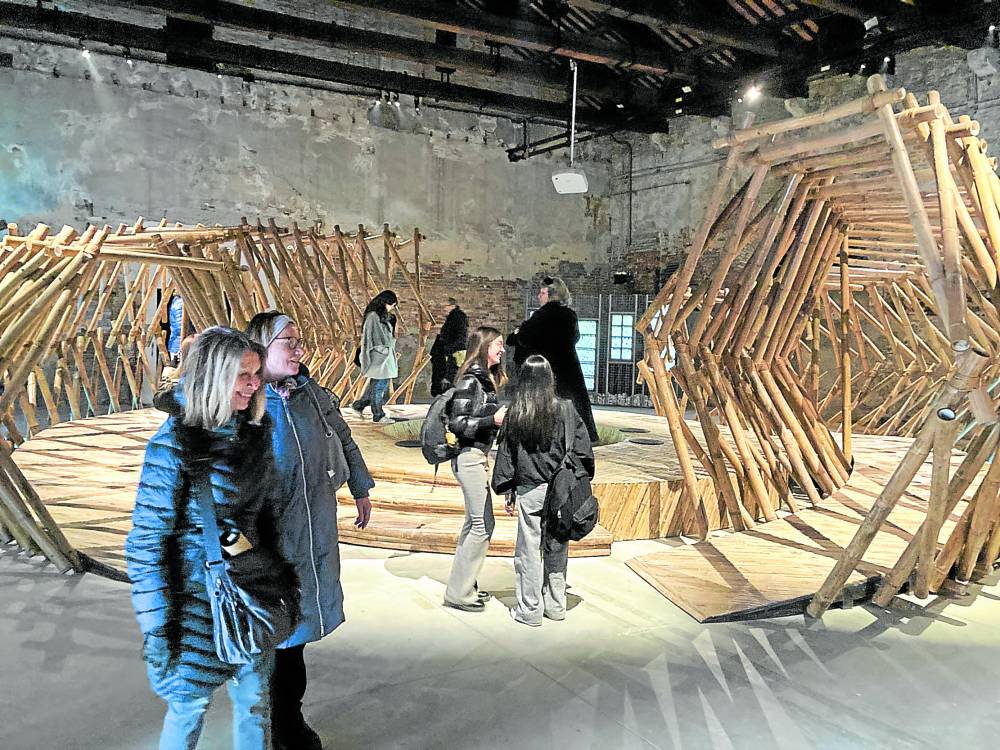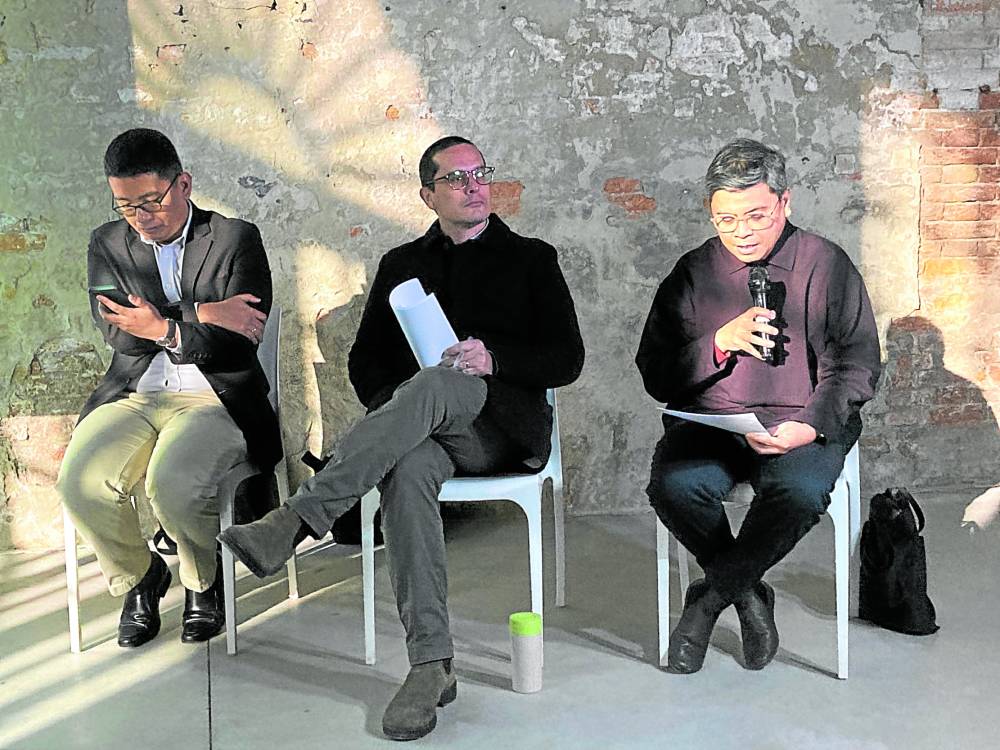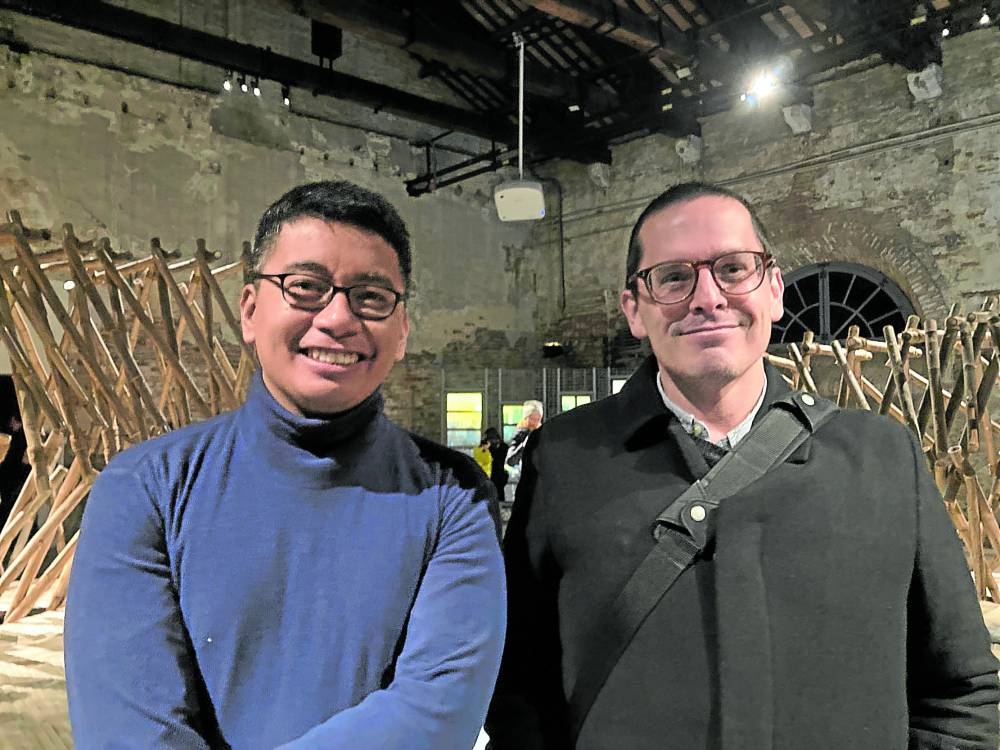
(First of two parts)
In the Philippine archipelago, where oceans, rivers and other life-giving waterways are essential parts of existence, the lowly esteros (or estuaries, enclosed bodies of brackish water connecting to rivers, streams, and eventually, the open sea) that snake through urban centers have gotten a bad rap in recent years. Think estero, and visions of slums and garbage come to mind first.
“We have to stop looking at them as polluted and dead,” states Anthony Medrano, presidential young professor of Environmental Studies at Yale-National University of Singapore (NUS) College. “Let’s appreciate that biodiversity rather than crapping on it.”
“Why the bad rap? Capital-driven reasons,” adds Michael Pante, associate professor at Ateneo de Manila University’s Department of History. The banks of esteros, after all, used to be where the Filipino elite built their homes, close to their businesses that required transport on these waterways.
But then came problems of increasing pollution, damage from World War II and the rise of barong-barong settlements because of an acute housing shortage. “Unfortunately, the government keeps framing this as an issue of flood control. Why is it just the people living along esteros causing floods, when you have high-rise condos and malls with greater impacts? Why are we criminalizing the settlers? Because we want to clear esteros for more revenue generation.”
Such were some straightforward insights at the roundtable discussion on “The Estuary in Southeast Asia: Reflections on Ecological and Social History,” the collateral and closing activity for the Philippine Pavilion at the 18th Venice International Architecture Exhibition, held last Nov. 25 at the Philippine Pavilion at the Arsenale, La Biennale’s major exhibition space in Venice, Italy.
The exhibit, “Tripa de Gallina (literally, chicken innards): Guts of Estuary,” which opened May 20 and closed on Nov. 26, was a bamboo structure featuring two walkways with archways, and a central circular seating area showing videos of days in the life of the estero. Another set of video interviews, framed by colorful drawings by resident children of clean water filled with fish, “flowed” under the structure like an actual stream. Archival images decorated two mesh screens on either side of the structure, which filled the 320-square meter space at the Arsenale, a 12th-century complex of shipyard and armory buildings.
The exhibition was curated by architect Choie Y. Funk and Sam Domingo, and executed by the multidisciplinary The Architecture Collective composed of architects, designers and a social worker: Bien Alvarez, Matthew Gan, Lyle La Madrid, Noel Narciso and Arnold Rañada, with Jag Garcia doing the videos.
First in 1964
The exhibit was an undertaking of the National Commission for Culture and the Arts (NCCA), specifically, the Philippine Arts in Venice Biennale Coordinating Committee or PAVB-CC, the Department of Foreign Affairs and the Office of Senate President Pro Tempore Loren Legarda, who, in a 2013 Senate hearing, had famously broached the question, “Why is the Philippines not in the Venice Biennale?”
The query didn’t come from out of the blue. The Philippines had participated for the first and only time in 1964, represented by the late National Artists Napoleon Abueva and Jose Joya. The Biennale was established in 1895 and remains a massive platform and one of the world’s most prestigious global art festivals.
In 2015, the Philippines returned to Venice with “Tie a String Around the World,” featuring Manuel Conde, Carlos Francisco, Manny Montelibano and Jose Tence Ruiz, with Patrick Flores, Ph.D, as curator. The following year, “Muhon: Traces of An Adolescent City” was at the architecture exhibition in Palazzo Mora, participated in by CS Design Consultancy, Tad Ermitaño, 8×8 Design, Lima Architecture, Poklong Anading, Mañosa & Co., Jorge Yulo, Mark Salvatus, and Eduardo Calma, and curated by LVL Partners: Leandro Locsin Jr., Juan Paolo de la Cruz, and Sudarshan Khadka Jr. It marked the first time the Philippines joined the Venice Architecture Biennale.

Participation has been a big boost to the Philippines, notes Flores, PAVB-CC consultant since 2015, a professor at the University of the Philippines Department of Art Studies, currently deputy director at the National Gallery Singapore, and moderator of the roundtable discussion.
“First, it’s the presence, being part of the global conversation and a source of form and ideas,” he says. “Second, it’s for artists and architects to do something beyond what they usually do, the opportunity to do a dream project, get funding, beef up their portfolio, and produce new art.”
Third, and in relation to the roundtable discussion, “There’s a strong discursive program around the Biennale, and it generates ideas for life beyond the exhibit,” continues Flores. “We encourage proposals of broad social concerns, and these connect with discourses that can be continued beyond the pavilion. That’s big for the confidence of the country, right? We have to be present—not equal, but equivalent, offering distinct but equivalent value.”
As noted by NCCA chair and Philippine Pavilion Commissioner Victorino Mapa Manalo in his message, “This discussion is not merely a gathering of minds, but a vibrant platform for profound reflections on the ecological and social history of estuaries in Southeast Asia. It serves as a significant milestone in our commitment to understanding and preserving the cultural and ecological heritage of our region.”
Potentially innovative
It was Flores who recommended the roundtable discussion as a final activity, and who chose and invited the scholars. “Estuary studies are not really new from the perspective of biologists, but from that of humanities or even social science and contemporary art and architecture, it’s potentially innovative.”
Aside from the scholars’ methods of study, he was interested in the role of civil society—“the neighborhood around esteros, and the many actors and their roles in transforming, sustaining, destroying it. That’s important, with the view of encouraging public policy, development work, or just citizen action. People have to recognize their stake.”
Flores also saw beyond the national and regional approaches. “Nation-state boundaries are artificial, as ecologically, they all connect—that’s important now in the context of the planetary crisis. Ecological emergencies know no nations.”
Medrano holds appointments at the Department of History at NUS, the Asia Research Institute, and the Lee Kong Chian Natural History Museum (LKCNHM). He has been published in several scientific journals, and is completing his first book, “The Edible Ocean: Science, Industry, and the Rise of Urban Southeast Asia,” for Yale University Press.
Pante, meanwhile, is chief editor of the venerable old journal “Philippine Studies: Historical and Ethnographic Viewpoints,” and is author of “A Capital City at the Margins: Quezon City and Urbanization in the Twentieth-Century Philippines,” published by Ateneo de Manila University Press and Kyoto University Press in 2019.

Pante started his talk, “From Venice of the East to the Warsaw of Asia: The meanders of Manila’s esteros in Philippine history,” with how people used to compare Manila to Venice, citing a 1931 article in the influential Journal of American Chamber of Commerce by writer Beryl Hughes, titled “Manila’s Gondolas and Gondoliers.” Cars were already in the country, but people still relied on bancas—thus, “the omnipresence of esteros, which had an extensive reach. It was convenient and efficient for ordinary people to rely on these waterways for mobility.”
These esteros, in fact, connected Pasig to Manila Bay, reached as far north as Caloocan and Malabon, and “allowed for continuous and predictable economic transactions,” not to mention recreation, bathing, and doing laundry. As mentioned, the rich also built their mansions along the waterways to “maximize both economic and aesthetic capital.” Case in point: Malacañang Palace, home to the Spanish governor general.
Things didn’t change during the American colonial period, even with the arrival of more automobiles—that is, until the Commonwealth, when leaders like Manuel L. Quezon ceased to see esteros as an asset, but a liability that had to be covered up or built over. A wartime memoir by writer Joaquin L. Garcia, published in 2001, described Tripa de Gallina as “a long and narrow dirty waterway which, when at low tide, stank to high heavens. As a consequence, it was dubbed Canal No. 5 (apologies to Madame Chanel).”
Urban phenomenon
People flocked to cities to find work after the destruction of war. Failed flood control plans also ended up “severely penalizing those who were marginalized by the situation in 1952… Being an estero dweller became punishable by law.”
Pante was studying the history of flooding before getting interested in “what life was like for people dwelling along esteros.” Government leaders are still hell-bent on building flyovers, he notes; “The next generation grew up with the idea that cars are the main mode of mobility. In the configuration of the metropolis, most important business centers are integrated into the highway system. If we’re going to shift back to having the estero as base, the work should be near the water. But that’s going to take a lot of political will.”
The premise of Tripa de Gallina is “not idealistic,” he notes. “It’s practical; we need structures like this that make the esteros usable, or they simply become liabilities. Tatapunan lang siya. (They will just be dumped into.) The starting point for communities is to be more aware. If they see it as something usable, it can be a sustainable endeavor.”
(To be continued)










































